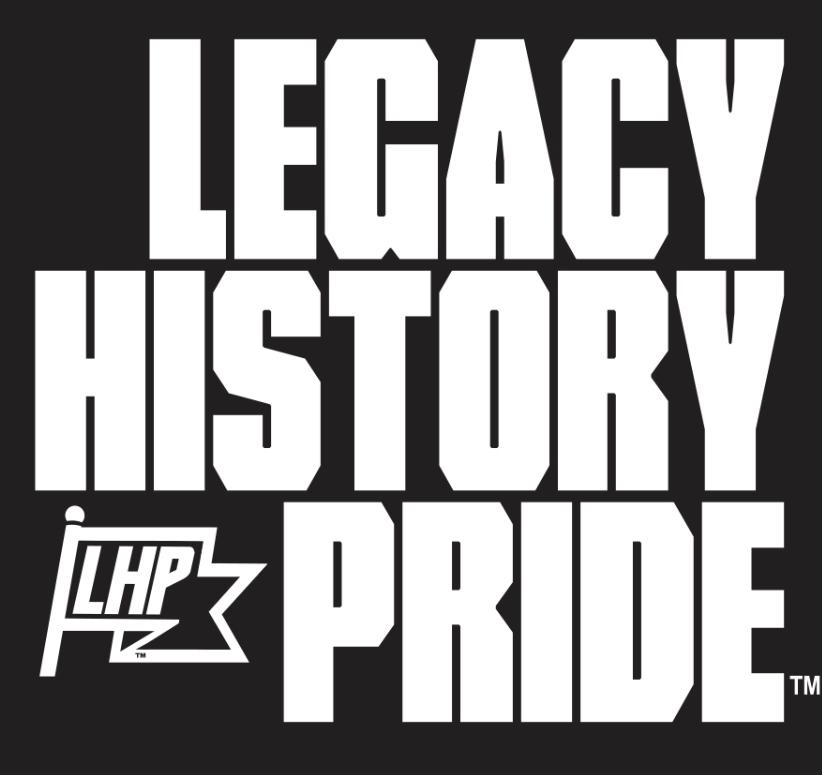Black Style Icons throughout History

Black fashion became very popular in mainstream America during the Roaring Twenties. You could write a whole book on how Black men and women have globally influenced the world of fashion since then. But before we get to that, let’s take a look at a few of the most prominent Black style influences and influencers throughout history and see how they impact HBCU fashion trends today!
1. The Roaring Twenties - Josephine Baker and Bold, Bright Colors
Roaring Twenties fashion icons often wore pearls and bright, vivid colors, and those bold hues can still be found in college fashion today, especially on HBCU campuses! Take Josephine Baker as a prime example. She was a Black actress, performer, and fashion icon who rose to fame during the 1920s. But beyond her entertainment career, she was also a French resistance agent and civil rights activist, giving speeches about racial equality at locations like Fisk University, an HBCU in Nashville, Tennessee. One of her most famous outfits was a mini skirt made of bright, yellow bananas and a long, stringed pearl necklace. A lot of HBCU apparel today features the bold colors that the Roaring Twenties and Josephine Baker were known for, which shows how much influence the 20s still have on fashion about 100 years later!
2. The Zoot Suit and Joggers - A Baggy Fit with Cuffed Legs
A zoot suit is a suit with high-waisted, wide-legged, tightly cuffed pants and a long coat with wide lapels and padded shoulders. It made its first appearance on a Black comedy show in the 1930s called “Pots, Pans & Skillets” and was first worn by Ernest “Skillet” Mayhand. It became popular in the 1940s after it was worn by jazz musicians like Cab Calloway. The style got so popular that it made an appearance in a Three Stooges short after Shemp asked a genie for a new, sharp suit to wear! Today, we see remnants of the zoot suit style in sweatpants like joggers, which feature a very similar fit but that are made out of a far more comfortable material. Joggers are especially popular on HBCU campuses, where athleisure has grown increasingly popular.
3. Civil Rights Era - Standing Out
Before the Civil Rights movement, white fashion was the predominant style in America, so Black men and women were forced to straighten their hair and dress in “appropriate” styles. However, when Black people started using their own voices to fight for their own rights, they also stopped conforming to the limited standards of white America and started wearing afros and dashikis, which are colorful, flowy garments mostly worn in west Africa. The Black “look” quickly made its way into the mainstream, with luxury clothing designer Yves Saint Laurent releasing a line of African-inspired clothing. Today, HBCU style still stands out from white culture, drawing inspiration from the legacies that came before us by incorporating fashion trends from the past with styles of the future.
4. Prince and Michael Jackson - The Glory of the 1980s
We can’t talk about Black fashion without talking about two fashion icons in the music industry: Prince and Michael Jackson. Prince was most famous for his iconic falsetto voice and androgynous style, dressing flamboyantly and even quite femininely at times. Along with David Bowie, Prince challenged the idea of how men are “supposed” to dress, his ensembles often featuring lace, sequins, tassels, feathers, and even high-heeled shoes. Michael Jackson had an equally iconic style: skinny pants, a jacket with embellishments or shoulder attachments, and a fedora. He also knew how to rock metallics, sequins, and many other accessories, just as Prince did. Michael Jackson was rebellious when it came to fashion, determined to break all the rules and look incredible doing it. Many of the most fashionable HBCU styles today are unisex, able to be worn by men and women alike, and we have icons like Prince and Michael Jackson to thank for that.
5. 90s Hip Hop
The 1990s were a decade full of iconic Black TV shows, like Moesha, Sister Sister, and The Fresh Prince of Bel-Air. Floral prints, sportswear, and Afrocentric fabrics rose to popularity due to these influences, but TV wasn’t the only industry to influence the world of fashion. The Black hip-hop industry also rose to insane levels of popularity in Black AND mainstream culture. Tracksuits, large, bold, gold jewelry, bucket hats, and baseball caps could be found just about everywhere you looked, thanks to artists like LL Cool J, Run DMC, and Will Smith. Many of the trends from the 90s are still popular today, 30+ years later, which shows how much of an influence that Black fashion still has on mainstream America! In HBCU clothing styles, you can still find the influence of the 90s in chunky lettering, the use of multiple colors, and loose, baggy fits.
Black men and women have undoubtedly influenced LHP apparel and today's fashion industry. Now we want to know who influences your HBCU style. Let us know in the comments.

